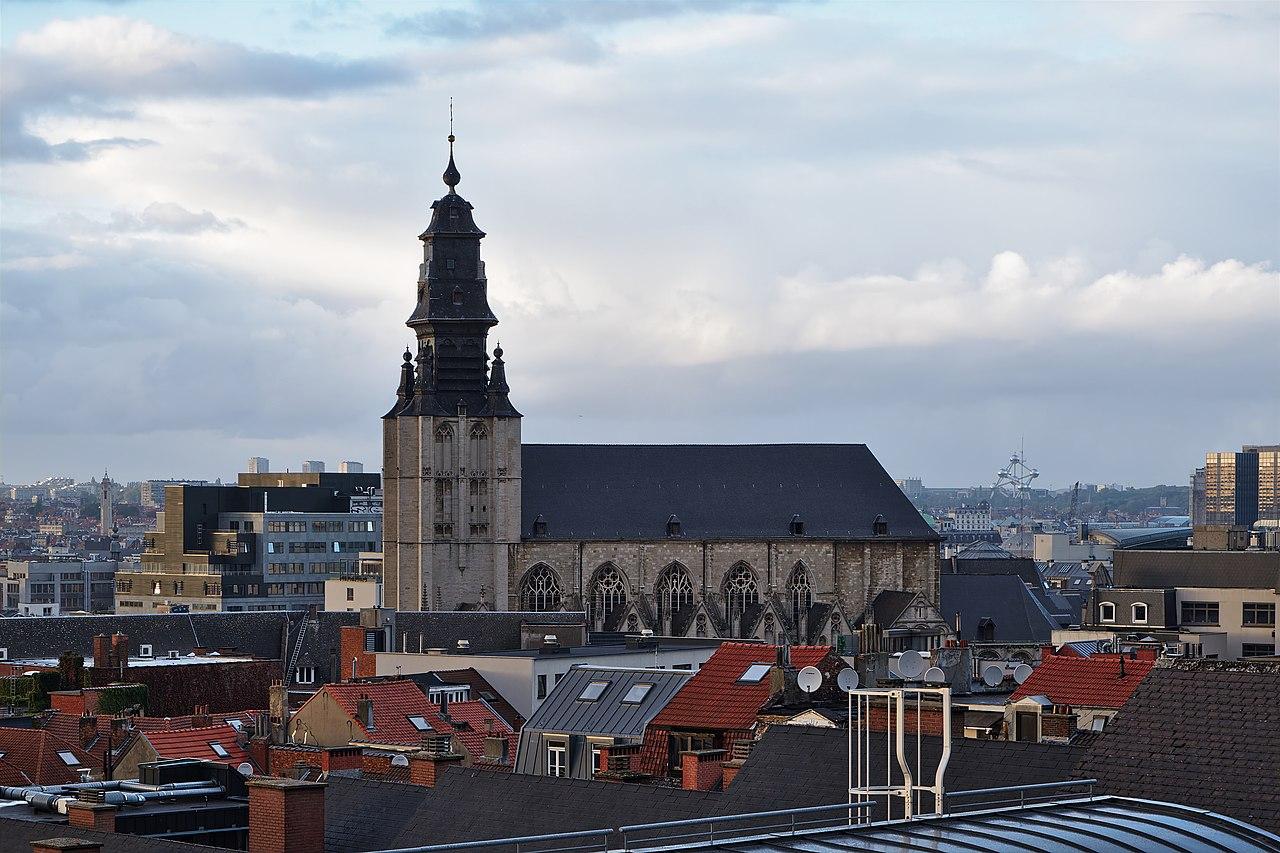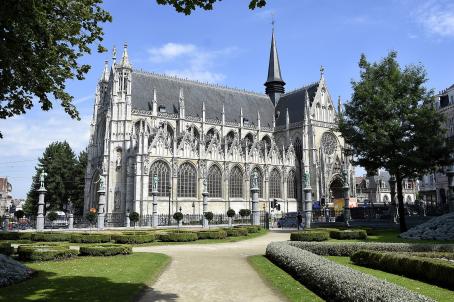Church of Our Lady of the Chapel

The Church of Our Lady of the Chapel (Kapellekerk) was founded in the 12th century as a chapel of a Benedictine priory and was transformed into a church in the 13th century. Damaged by a fire in 1475, the church was rebuilt in Flamboyant Gothic and got its baroque tower at the turn of the 17th and 18th centuries. From 1989 to 1996, the church underwent major restoration work. Today the Chapel Church is the parish church of the Polish Catholic community in Brussels.





